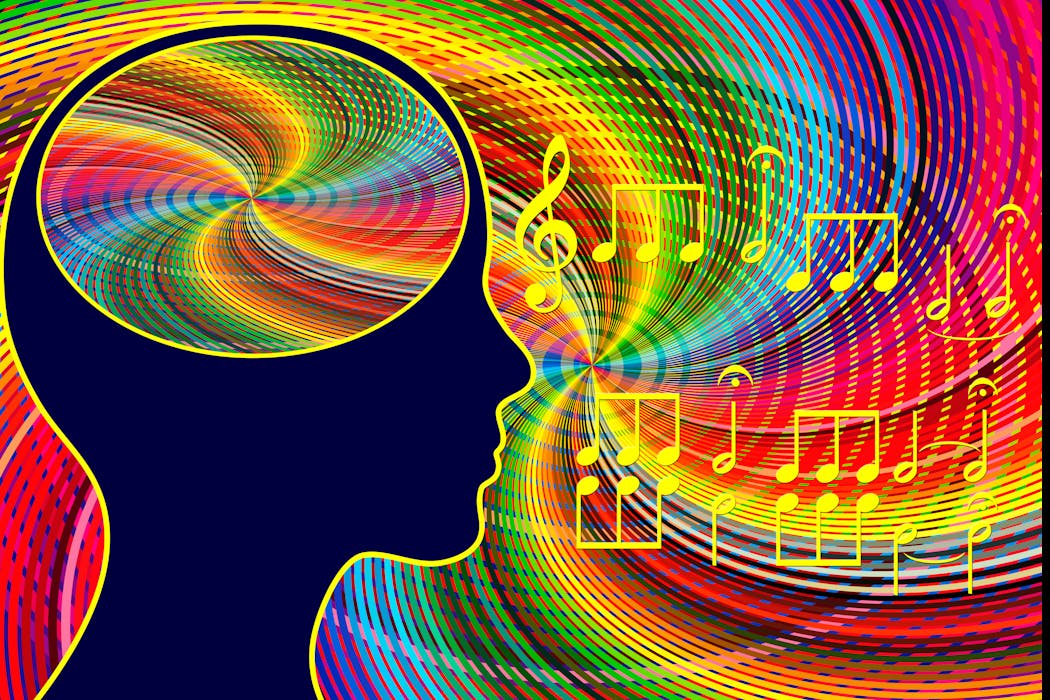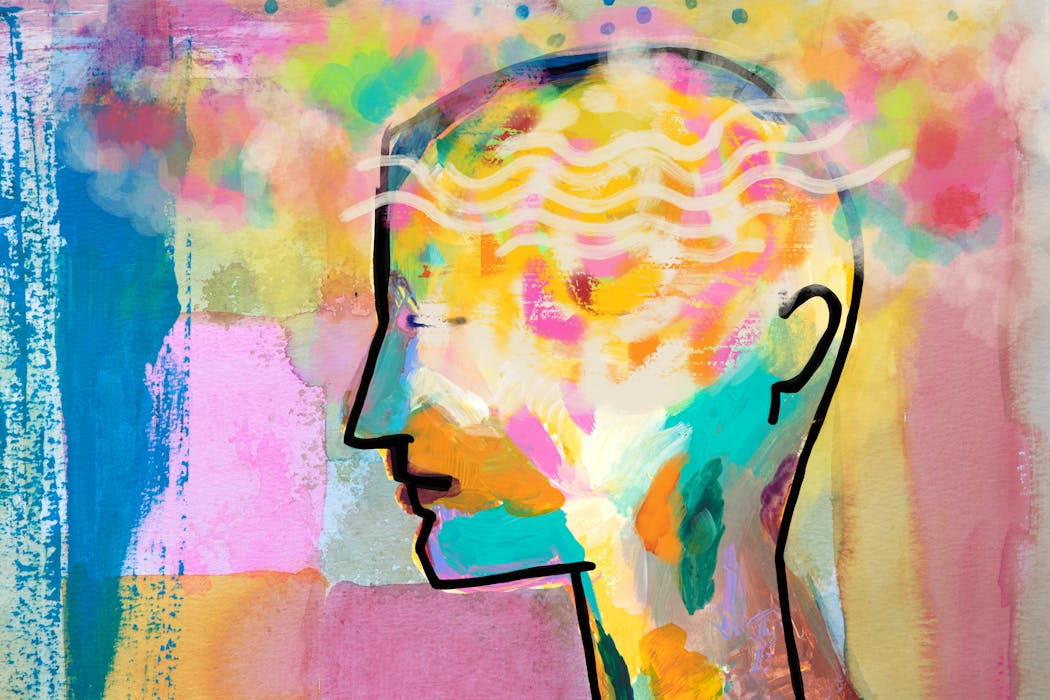Introduction
Autism Spectrum Disorder (ASD) is a neurodevelopmental disorder that affects individuals in various ways. It is characterized by difficulties in social interaction, communication, and repetitive behaviors. ASD is a complex disorder that can present differently in each individual, making it important to understand and support those with the condition. This article will provide an in-depth look at ASD, including its definition, different types, common myths, causes, early signs and symptoms, diagnosis, treatment options, and tips for families and caregivers. By gaining a better understanding of ASD, we can create a more inclusive and supportive society for individuals with this disorder.
What is Autism Spectrum Disorder (ASD)?
Autism Spectrum Disorder (ASD) is a developmental disorder that affects how a person perceives and interacts with the world around them. It is a spectrum disorder, meaning that it can range from mild to severe and can present differently in each individual. The main characteristics of ASD include difficulties in social interaction, communication challenges, and repetitive behaviors. These symptoms can manifest in various ways, making it important to understand the unique needs and strengths of individuals with ASD.
Social interaction difficulties in individuals with ASD can include challenges in understanding and responding to social cues, difficulty making and maintaining friendships, and a preference for solitary activities. Communication challenges can range from delayed speech development to difficulty understanding and using nonverbal communication, such as gestures and facial expressions. Repetitive behaviors can include repetitive movements, such as hand flapping or rocking, as well as a strong adherence to routines and rituals.
The Different Types of Autism Spectrum Disorder
There are several different types of Autism Spectrum Disorder, each with its own unique characteristics and symptoms. These types include autistic disorder, Asperger’s syndrome, and pervasive developmental disorder-not otherwise specified (PDD-NOS).
Autistic disorder, also known as classic autism, is the most severe form of ASD. Individuals with autistic disorder typically have significant social, communication, and behavioral challenges. They may have limited speech or be nonverbal, and they often exhibit repetitive behaviors and have difficulty adapting to changes in routine.
Asperger’s syndrome is a milder form of ASD. Individuals with Asperger’s syndrome typically have average to above-average intelligence and may have good language skills. However, they often struggle with social interaction and may have intense interests in specific topics.
PDD-NOS is a diagnosis given to individuals who do not meet the criteria for autistic disorder or Asperger’s syndrome but still exhibit some symptoms of ASD. These individuals may have milder social and communication challenges but still require support and intervention.
Common Myths About Autism Spectrum Disorder
There are many misconceptions and myths surrounding Autism Spectrum Disorder. It is important to debunk these myths in order to create a more accurate understanding of ASD and support individuals with the condition.
One common myth is that individuals with ASD lack empathy. In reality, individuals with ASD can experience and express empathy, although they may do so in different ways than neurotypical individuals. They may struggle with understanding and interpreting social cues, which can make it appear as though they lack empathy.
Another myth is that individuals with ASD are intellectually disabled. While some individuals with ASD may have intellectual disabilities, many others have average or above-average intelligence. It is important to recognize and support the unique strengths and abilities of individuals with ASD.
A third myth is that vaccines cause autism. This myth has been thoroughly debunked by scientific research. Numerous studies have shown that there is no link between vaccines and the development of ASD. It is important to rely on evidence-based information when discussing the causes and risk factors of ASD.
Understanding the Causes of Autism Spectrum Disorder
The exact causes of Autism Spectrum Disorder are still not fully understood. However, research has identified several factors that may contribute to the development of ASD. These factors include genetic and environmental influences.
Genetic factors play a significant role in the development of ASD. Studies have shown that there is a strong genetic component to the disorder, with certain genes being associated with an increased risk of ASD. However, it is important to note that not all individuals with these genetic markers will develop ASD, and not all individuals with ASD have these genetic markers.
Environmental factors may also contribute to the development of ASD. These factors can include prenatal exposure to certain substances, such as drugs or alcohol, as well as maternal infections during pregnancy. However, it is important to note that these environmental factors are not the sole cause of ASD and that more research is needed to fully understand their role.
Early Signs and Symptoms of Autism Spectrum Disorder
Recognizing the early signs and symptoms of Autism Spectrum Disorder is crucial for early intervention and support. While the specific signs and symptoms can vary from individual to individual, there are some common red flags to look out for in young children.
One early sign of ASD is a lack of or delay in speech development. Children with ASD may have difficulty using and understanding language, and they may not respond to their name or engage in back-and-forth communication.
Another early sign is a lack of social interaction and engagement. Children with ASD may not make eye contact, show little interest in playing with others, and have difficulty understanding and responding to social cues.
Repetitive behaviors and restricted interests are also common signs of ASD. Children with ASD may engage in repetitive movements, such as hand flapping or rocking, and they may have intense interests in specific topics.
It is important to note that these signs and symptoms alone do not necessarily indicate a diagnosis of ASD. However, if you notice these behaviors in your child, it is important to seek a professional evaluation to determine if further assessment is needed.
How is Autism Spectrum Disorder Diagnosed?
The diagnosis of Autism Spectrum Disorder involves a comprehensive evaluation by a team of professionals, including psychologists, pediatricians, and speech and language therapists. The diagnostic process typically involves a thorough assessment of the child’s developmental history, observation of their behavior, and standardized tests.
The evaluation may include interviews with parents or caregivers to gather information about the child’s developmental milestones, social interactions, and communication skills. The child may also undergo various assessments, such as the Autism Diagnostic Observation Schedule (ADOS), which is a standardized tool used to assess social communication and interaction skills.
It is important to seek a professional diagnosis for ASD, as this can provide access to appropriate interventions and support services. A diagnosis can also help individuals and their families better understand their strengths and challenges and connect with a community of support.
The Importance of Early Intervention for Children with Autism Spectrum Disorder
Early intervention is crucial for children with Autism Spectrum Disorder. Research has shown that early intervention can lead to significant improvements in communication, social skills, and behavior in children with ASD.
Early intervention programs for children with ASD typically involve a combination of therapies, such as speech and language therapy, occupational therapy, and behavioral therapy. These therapies are tailored to the individual needs of the child and focus on developing their communication skills, social interaction abilities, and adaptive behaviors.
Early intervention can also provide support and guidance for families and caregivers. It can help them better understand their child’s needs and provide strategies for managing challenging behaviors and promoting their child’s development.
Treatment Options for Autism Spectrum Disorder
There are various treatment options available for individuals with Autism Spectrum Disorder. These options can include behavioral therapies, speech and language therapy, occupational therapy, and medication.
Behavioral therapies, such as Applied Behavior Analysis (ABA), are commonly used to help individuals with ASD develop social and communication skills, reduce challenging behaviors, and increase adaptive behaviors. ABA therapy involves breaking down skills into smaller, manageable steps and using positive reinforcement to encourage desired behaviors.
Speech and language therapy can help individuals with ASD improve their communication skills, including speech production, understanding and using language, and social communication. Occupational therapy focuses on developing skills for daily living, such as self-care, fine motor skills, and sensory integration.
In some cases, medication may be prescribed to manage specific symptoms of ASD, such as hyperactivity, aggression, or anxiety. However, medication is not a cure for ASD and should be used in conjunction with other therapies and interventions.
It is important to note that treatment plans for ASD should be individualized to meet the unique needs of each individual. What works for one person may not work for another, so it is important to work closely with professionals to develop a tailored treatment plan.
Living with Autism Spectrum Disorder: Tips for Families and Caregivers
Living with Autism Spectrum Disorder can present unique challenges for families and caregivers. Here are some tips for supporting individuals with ASD:
1. Educate yourself: Take the time to learn about ASD and its characteristics. Understanding the unique needs and strengths of individuals with ASD can help you better support them.
2. Create a structured environment: Individuals with ASD often thrive in structured and predictable environments. Establishing routines and providing clear expectations can help reduce anxiety and promote a sense of security.
3. Use visual supports: Visual supports, such as visual schedules and social stories, can help individuals with ASD understand and navigate daily routines and social situations.
4. Practice patience and understanding: Individuals with ASD may have difficulty with social interactions and communication. It is important to be patient and understanding, and to provide support and guidance when needed.
5. Seek support: Connect with support groups and organizations that specialize in ASD. These resources can provide valuable information, guidance, and a sense of community.
Advocating for Individuals with Autism Spectrum Disorder: Breaking Down Stigma and Misconceptions
Advocating for individuals with Autism Spectrum Disorder is crucial for breaking down stigma and misconceptions surrounding the condition. Here are some ways to advocate for individuals with ASD:
1. Raise awareness: Share accurate information about ASD with others to help educate and raise awareness. This can help dispel myths and misconceptions and promote understanding and acceptance.
2. Support inclusion: Advocate for inclusive practices in schools, workplaces, and communities. Encourage the inclusion of individuals with ASD in all aspects of society and promote equal opportunities for all.
3. Foster acceptance: Encourage acceptance and understanding of individuals with ASD. Promote empathy and kindness, and challenge stereotypes and prejudices.
4. Support research: Support and participate in research efforts aimed at better understanding ASD and developing effective interventions and treatments.
5. Share personal stories: Sharing personal stories and experiences can help humanize the condition and provide a platform for individuals with ASD to be heard.
Conclusion
Autism Spectrum Disorder is a complex neurodevelopmental disorder that affects individuals in various ways. By gaining a better understanding of ASD, we can create a more inclusive and supportive society for individuals with this condition. It is important to debunk myths and misconceptions, understand the causes and early signs of ASD, seek a professional diagnosis, and provide early intervention and support. By advocating for individuals with ASD and breaking down stigma and misconceptions, we can create a world that embraces and supports the unique strengths and abilities of individuals with Autism Spectrum Disorder.
Find out how Torongo Therapyplus can help you with your needs. Get in touch with us at smile@torongo.life, or call us on 02 8809 9965.































